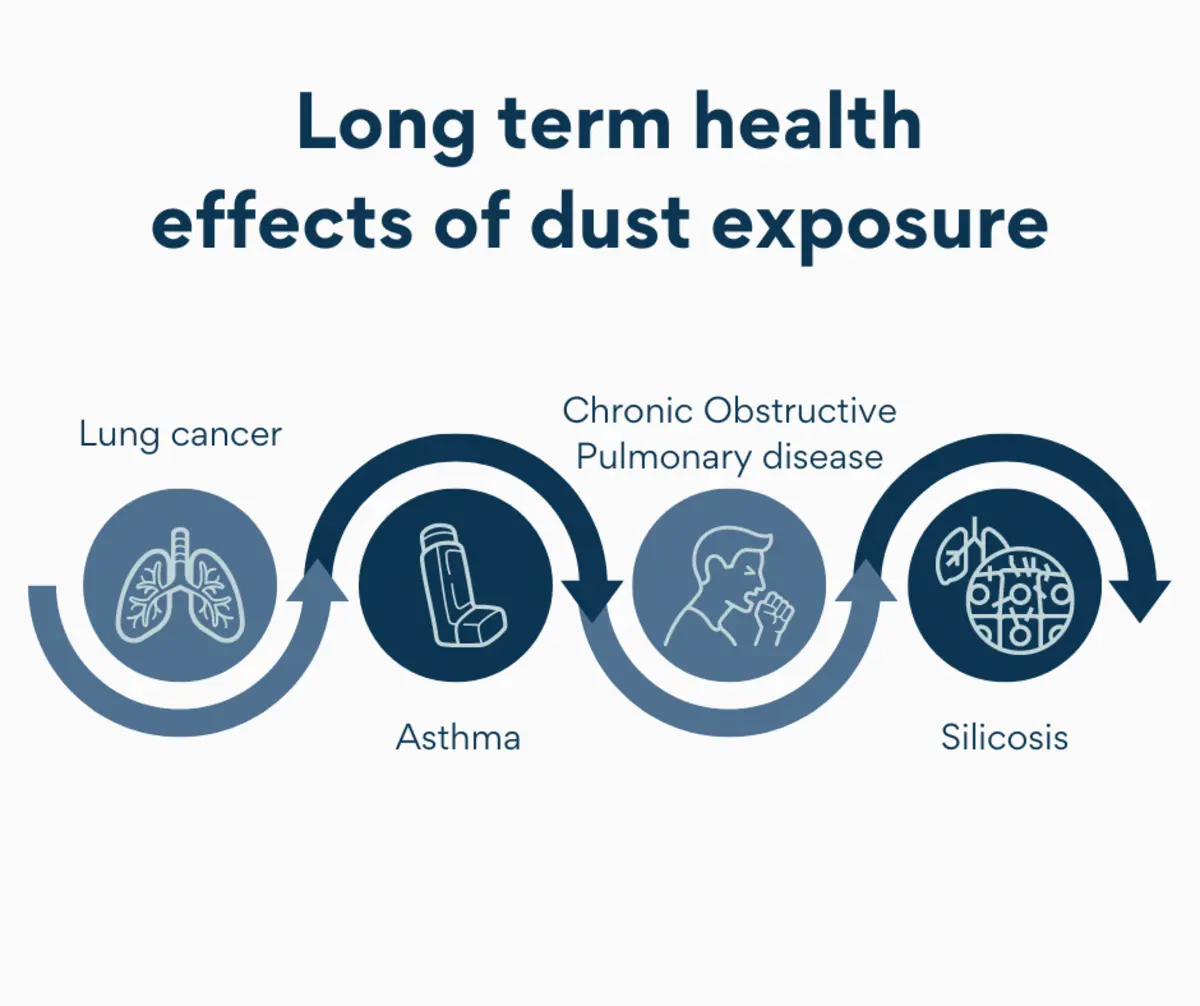The air we breathe has a direct impact on our health, comfort, and overall quality of life. While many people associate toxic fumes with industrial settings, the truth is that harmful indoor air pollutants are common in homes and buildings. From construction materials and cleaning products to faulty ventilation systems, exposure to toxic fumes can occur daily without being noticed. Understanding the health risks and consequences is essential for creating safer environments.
What Are Toxic Fumes?
Toxic fumes are airborne contaminants that can pose serious risks to human health. These may include volatile organic compounds (VOCs), carbon monoxide, formaldehyde, asbestos fibers, and chemical vapors released from paints, adhesives, and synthetic materials. In poorly ventilated spaces, these substances can accumulate, making indoor air more dangerous than outdoor air in some cases.
Immediate Health Risks
Short-term exposure to toxic fumes often results in symptoms that many dismiss as minor irritations. However, these signs are the body’s early warning system. Common immediate effects include:
- Headaches and dizziness
- Eye, nose, and throat irritation
- Nausea or vomiting
- Breathing difficulties
For individuals with asthma or other respiratory conditions, the effects can be more severe, leading to acute flare-ups or hospitalization.
Long-Term Health Consequences
The real danger of toxic fumes often lies in prolonged exposure. Continuous inhalation of harmful substances can contribute to chronic health conditions, including:
- Respiratory diseases such as chronic bronchitis or asthma
- Neurological issues, including memory loss and cognitive decline
- Cardiovascular problems due to long-term oxygen deprivation
- Increased risk of cancer from carcinogenic fumes like formaldehyde or asbestos
Children, elderly individuals, and people with compromised immune systems are especially vulnerable, making indoor air quality a public health priority.
Hidden Sources in Homes and Buildings
Numerous homeowners do not realize that a wide range of common household products can release hazardous vapors. Some common sources include:
Building materials: Materials such as plywood, insulation, and floor glues may emit volatile organic compounds.
Household products: Cleaning agents, air fresheners, and paints may emit harmful chemicals.
Appliances: Gas stoves, heaters, and fireplaces can release carbon monoxide if improperly ventilated.
Mold and mildew: Damp conditions can create fungal spores and musty odors harmful to respiratory health.
Awareness of these hidden dangers is the first step toward mitigation.
Practical Strategies for Reducing Exposure
Property owners can take proactive measures to minimize risks from toxic fumes:
Improve ventilation: Ensure that air circulates properly with windows, exhaust fans, and HVAC systems.
Choose low-emission products: Look for paints, adhesives, and finishes labeled “low-VOC” or “non-toxic.”
Maintain appliances: Regularly inspect and service stoves, heaters, and HVAC units to prevent leaks.
Monitor indoor air quality: Indoor air sensors are capable of identifying carbon monoxide, volatile organic compounds, and additional dangerous gases.
Incorporate air purification solutions: Advanced filtration systems and air purifiers help minimize contaminants present inside the home.
The Role of Professional Solutions
While small steps make a difference, professional-grade air quality products and building solutions provide a more reliable safeguard. Advanced filtration systems, ventilation upgrades, and non-toxic building materials are increasingly available to homeowners and businesses alike. By investing in these solutions, property owners not only improve health outcomes but also enhance comfort and long-term property value.
Conclusion
Breathing toxic fumes poses significant health risks, from immediate irritation to long-term disease. Homes and buildings should be designed and maintained with air quality in mind to protect the well-being of occupants. With awareness, preventive strategies, and the right products, it is possible to reduce exposure and create healthier living environments.
Article by: acjakarta.com


